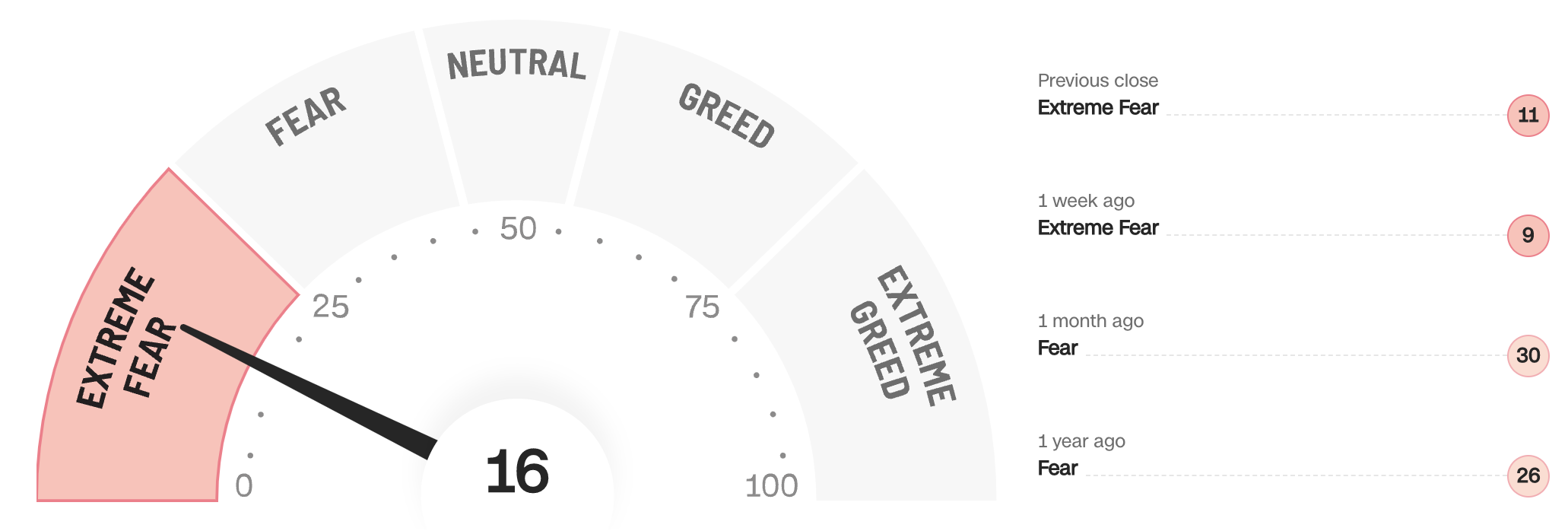How Is Your Brand Responding To This Recession?
[ad_1]
It is unofficially official: we’re in a economic downturn. How very long it lasts and how lousy it will get are up for debate, but we have formally entered the land of small purchaser self-confidence, skyrocketing interest premiums, lingering logistics worries across the Pacific, six dollar fuel, and the basic public slowly but surely knowing that perhaps all that free of charge revenue in 2020 was not truly free of charge.

But now that we’re here, there are lessons to be figured out. Historical past does in actuality repeat by itself.
Promoting leaders are likely to respond in 1 of a few ways: trying to “ride it out” and keeping expend, cutting advertisement devote substantially (if not fully), or doubling down on plummeting CPM rates and “buying low” on the consideration of their target audiences. There are dangers and rewards for every strategy.
Looking back again at 2008, 60% of brands went dim and minimize their Tv presence solely for six months or additional at the top of the financial downturn. In accordance to a McKinsey report, advertisement devote didn’t get well to 2007 stages until eventually 2011 after the 2008 economic downturn. In March 2020 when COVID hit, paid out social ad commit dropped 33% and paid look for dropped 30%. The DTC revolution and short term stimulus increase fueled a considerably a lot quicker restoration on expend stages. As it turns out, if you give customers $1,200 checks from the federal government, they’ll obtain means to invest them.
This time around, no this sort of stimulus checks will arrive en masse. The $400 checks Californians are about to obtain to “help ease the load at the pump” will rarely offset gas charges for a thirty day period for most commuters, and in my private estimation will be utilized by most shoppers to pay back off credit card debt that has amassed by using existence that have not modified to accommodate paychecks that don’t go as considerably as they did just 5 months in the past. As these, coupled with ongoing attribution issues, extra marketing and advertising leaders are reducing ad budgets, company associations, and department payrolls in a hybrid strategy of riding it out and throwing enough fat overboard in an hard work to maintain their boat afloat.
But your mom was right: “everybody else is carrying out it” is never ever a excellent purpose to stick to fit.
This strategy is fueled by fake confidence. Brand name recognition and loyalty which is been developed for decades does not go away right away just since an advertisement price range is scaled again. The draining of a brand’s competitive moat occurs in excess of time, and a lot like the proverbial frog sitting down in gradually boiling h2o, numerous marketers will are unsuccessful to react in time to stay away from sizeable prolonged-phrase setbacks to the brand name.
In accordance to McGraw Hill, a review of 600 companies from 1980 to 1985 revealed that people that preserved or elevated their advertisement commit adhering to the 1981 recession outperformed individuals that didn’t by 265% above that time period.
Below Arrive the Challenger Makes.
All this claimed, recessions are incredible prospects for challenger models that have the fiscal methods and courage at the C-degree to significant gains in industry share. In the 1920s, Kellogg’s greater ad expend and introduced new merchandise, foremost to its dominance in excess of Post for many years to come. Toyota amplified advert spend in the course of the 1973 economic downturn and was the prime imported manufacturer by 1976. In 1991, McDonalds (28% decline) opened the doorway for Pizza Hut (61% development) and Taco Bell (40% expansion) to obtain a much better foothold in quickly food items when it scaled back its advertisement budget.
Irrespective of where your brand name sits today, you’re going to will need a Strategic Companion to help you navigate nonetheless yet another “new normal” for marketing leaders.
Let’s connect!
[ad_2]
Source link








